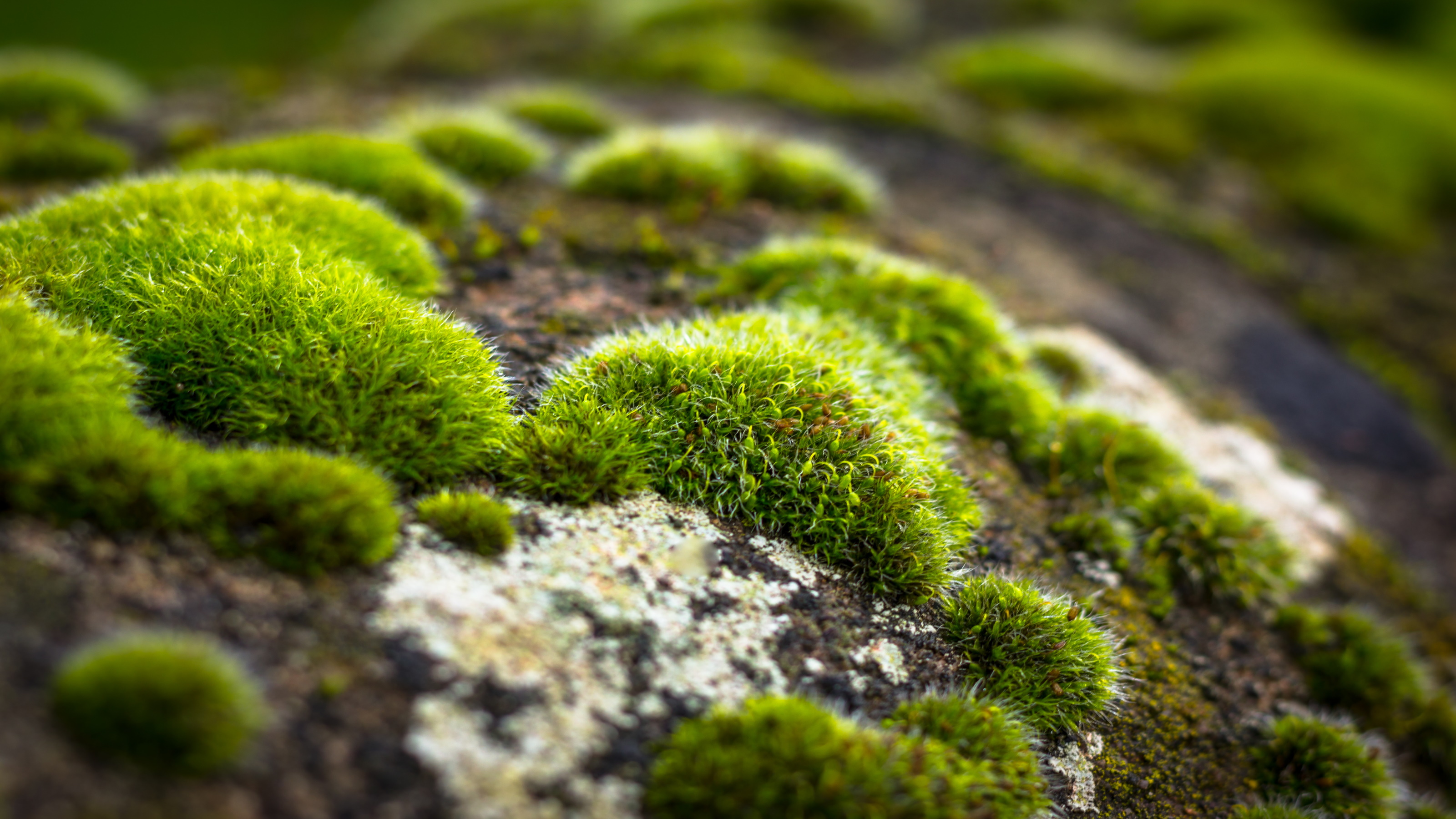Best way to kill moss in lawn? How to get rid of moss without killing your grass
Is 'moss killer' the way to go or are more natural methods the optimal technique? We explore all the options

The best way to kill moss in lawns is a hot topic in the gardening world as the weather turns a little milder.
When moss gets too thick it prevents important nutrients such as water, fertiliser, and oxygen from reaching the roots of the grass.
This means the grass plants will eventually become dormant and dry out, with the result that your lawn will become very discoloured and uneven, and weeds will start to take over your garden.
Some say chemical products are the best method to get rid of moss, others say all-natural methods are far superior. Here’s what you need to know.
Best way to kill moss in lawn?
The Royal Horticultural Society (RHS) says the best way to control excess lawn moss is to improve the growing conditions of the grass, so it becomes more vigorous and dense and therefore outcompetes the moss.
Plants need a wide range of nutrients in various amounts, depending on the individual plant and its stage of growth. The three key plant nutrients usually derived from soil are nitrogen, phosphorus and potassium.
Other vital soil nutrients include magnesium, calcium, and sulphur. Gardeners can add nutrients by applying artificial and/or naturally-derived fertilisers to boost plant growth, like Westland Safelawn lawn feed for £24.99 on Amazon.
David Hedges Gower, chairman of the Lawn Association, said: “If you promote healthy soils and grass most moss spores won’t be a problem, or at least you may learn to live with a much smaller problem.”

David is one of the UK's leading lawn experts, with over 30 years' experience in the industry. He is Chairman of the Lawn Association, an educational platform for homeowners and professionals, and founded the world's first lawn care qualification.
Why is moss growing on my lawn?
Moss can be temporary, following drought or waterlogging, or more persistent, which is usually the result of problems with the underlying soil or growing conditions.
According to the RHS, the main reasons for excess moss in lawns are:
- sparse, weak or patchy grass
- worn, bare areas of turf
- compacted soil and/or poor soil preparation before the lawn was laid or sown
- waterlogged conditions
- a damp climate
- poor lawn maintenance
- acidic soil
David adds: “Moss is an opportunist. If a gap appears in your lawn, a weed or a moss spore will germinate.
“And by simple definition, if grass isn’t the dominant plant, then you will always be on the losing side with moss.”
What will kill moss but not grass?
David urges caution over using chemicals and household products to kill moss.
He said: “Before you embark on some ‘Mrs Hitch’ ideas, baking soda, vinegar and others will kill grass for sure.”
“We’ve been led to believe that moss killer is the answer to all our problems – moss killer has never existed.
“It’s been sold by many companies and called ‘moss killer’ when in fact it does nothing of the sort.
“The only thing we can do with what we have available is to dehydrate the moss ‘plant’ and promote better conditions to make our grasses thrive. That’s because the only available product safe to use on lawns is sulphate of iron.
“When applied correctly (diluted in water) it has an acidifying effect on the plant as well as a dehydrating effect, which will turn the moss brown (or black when over-applied).”
He says that products designed to be added to feed or weed products are dangerous and inefficient, due to their requirement for lots of water and unequal coverage and instead recommends scarifying.
Scarifying, also known as de-thatching, is the process of removing thatch, moss, and other matter from the surface of the lawn that prevents healthy grass growth. You can read more about the best time to scarify lawns in our guide but it is essentially done using a scarifier, a tool that uses rolling blades to trim and remove the unhelpful organic matter holding your garden back. You can buy a fairly inexpensive electric scarifier or a heavy duty, Hyundai petrol scarifier and aerator on Amazon.
David said: “Think of scarification as a pruning technique as well as a thatch controller. But don’t try and remove every bit of thatch/moss. We need to leave as much grass as possible, to help fill the lawn back in. And do it yearly.”
Apply a liquid moss control after you have scarified, so it will dehydrate as much of the moss as possible, and never set your lawn mower to lower than 25mm to protect the grass. Maxicrop Moss Killer has a 4.6 out of five rating on Amazon and costs around £20.
Get the Homebuilding & Renovating Newsletter
Bring your dream home to life with expert advice, how to guides and design inspiration. Sign up for our newsletter and get two free tickets to a Homebuilding & Renovating Show near you.
Sam is based in Coventry and has been a news reporter for nearly 20 years. His work has featured in the Mirror, The Sun, MailOnline, the Independent, and news outlets throughout the world. As a copywriter, he has written for clients as diverse as Saint-Gobain, Michelin, Halfords Autocentre, Great British Heating, and Irwin Industrial Tools. During the pandemic, he converted a van into a mini-camper and is currently planning to convert his shed into an office and Star Wars shrine.

